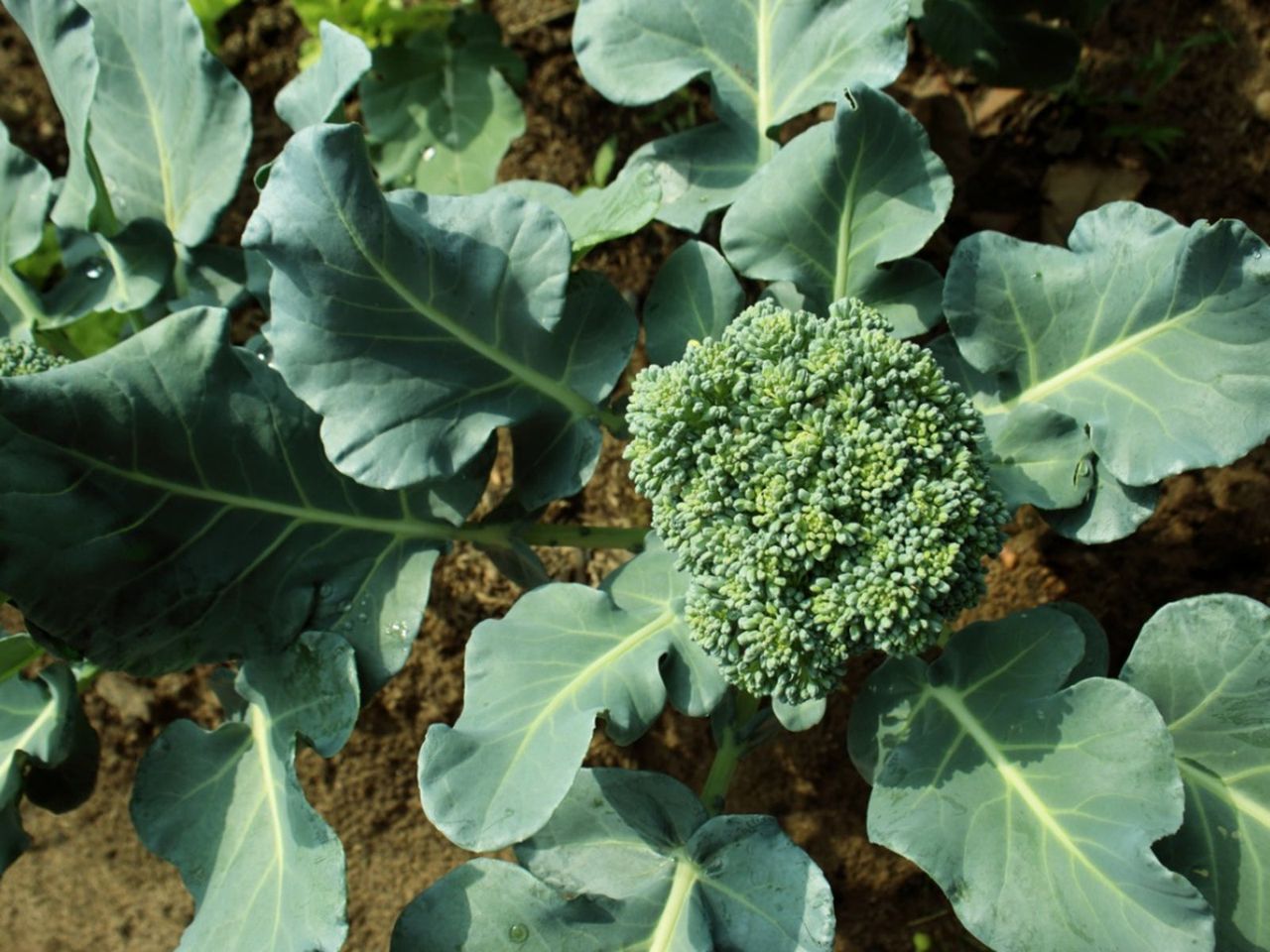Cole Crop Soft Rot Info: Managing Cole Crops With Soft Rot


Soft rot is a problem that can affect cole crops both in the garden and after harvest. The center of the head of the plant becomes soft and mushy and often gives off a bad smell. This can be a very serious problem that renders the vegetable inedible. Keep reading to learn more about recognizing and managing soft rot of cole vegetables.
What is Cole Crop Soft Rot?
Soft rot in cole crops is caused by the bacterium Erwinia carotovora. It can affect both heading cole crops (like cabbage and broccoli) and leafing cole crops (like kale and mustard greens). Soft rot starts as small, water soaked patches and can spread quickly to large, sunken, brown areas that have a rotten consistency and give off a foul smell. Sometimes, symptoms don’t show or spread until after harvest, especially if they are bruised or damaged during transport, which means seemingly healthy plants can quickly become rotten and slimy in storage. These rotten spots will continue to spread and smell badly even in cold storage conditions.
How to Treat Soft Rot in Cole Crops
Cole crop soft rot thrives in warm, wet conditions. It is most likely to develop when there is standing water in the garden, but it can be a problem with just some moisture. Always avoid overhead watering and watering at night, when moisture is less likely to evaporate quickly. Plant in well-draining soil. Remove weeds and plant with adequate spacing to encourage good air circulation. Rotate your plantings so that cole crops are in the same part of your garden only once every three years. Remove and destroy infected plants. Surfactant insecticides have been shown to increase the likelihood of soft rot in cole crops and should be avoided. Spraying fixed copper can sometimes help. During harvest and storage, handle vegetables gently to prevent damage.
Gardening tips, videos, info and more delivered right to your inbox!
Sign up for the Gardening Know How newsletter today and receive a free copy of our e-book "How to Grow Delicious Tomatoes".

The only child of a horticulturist and an English teacher, Liz Baessler was destined to become a gardening editor. She has been with Gardening Know how since 2015, and a Senior Editor since 2020. She holds a BA in English from Brandeis University and an MA in English from the University of Geneva, Switzerland. After years of gardening in containers and community garden plots, she finally has a backyard of her own, which she is systematically filling with vegetables and flowers.
-
 How To Grow Strawberries From A Strawberry: All You Need To Cultivate Yummy Fruits
How To Grow Strawberries From A Strawberry: All You Need To Cultivate Yummy FruitsYou may know how to grow strawberries from small plants or runners – but what about growing from the fruit? Here we show you how to grow strawberries from a strawberry
By Mary Ellen Ellis
-
 Best Tomatoes For Containers: 10 Tastiest Varieties For Plentiful Produce In Compact Areas
Best Tomatoes For Containers: 10 Tastiest Varieties For Plentiful Produce In Compact AreasThese are the best tomatoes for containers that prove you don't need to have a large space or elaborate garden to grow delicious produce.
By Bonnie L. Grant